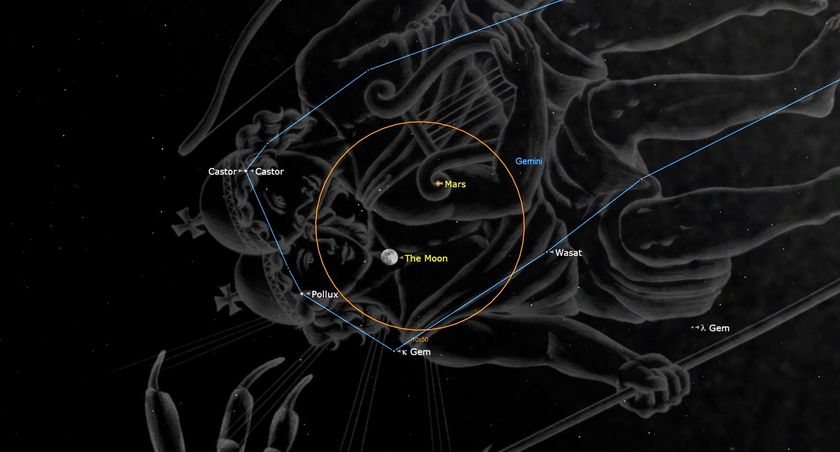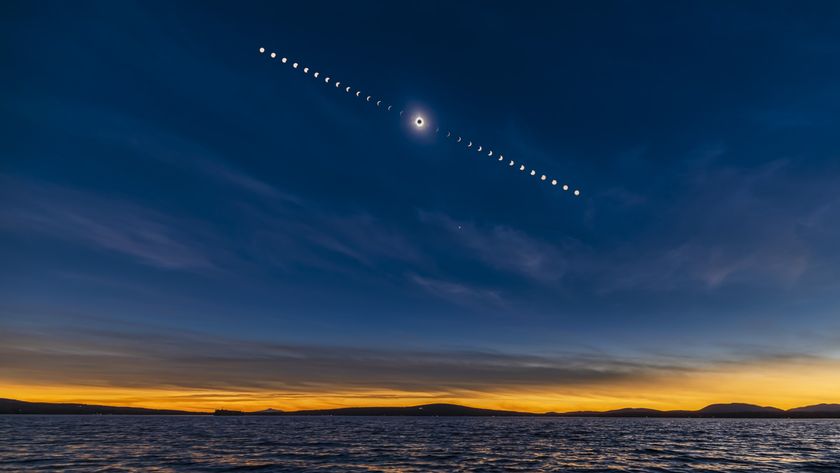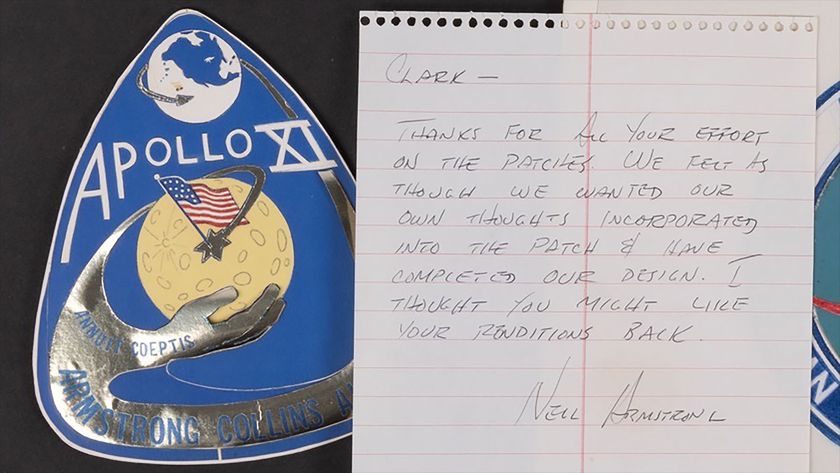Potentially Dangerous Asteroid Apophis Bigger Than Thought: See It Online Tonight

A European space telescope has captured new images of the huge asteroid Apophis, revealing that the potentially hazardous object is actually bigger than previously thought — and you have a chance to see the space rock yourself in two free webcasts tonight (Jan. 9).
Asteroid Apophis has long been billed as a "doomsday asteroid" because of a 2004 study that predicted a 2.7 percent chance of the space rock hitting Earth when it passes within 22,364 miles (36,000 kilometers) of the planet in April 2029, European Space Agency officials said. Later studies proved, however, that the asteroid poses no threat to Earth during that flyby, but astronomers continue to track the object since it will make another pass near Earth in 2036.
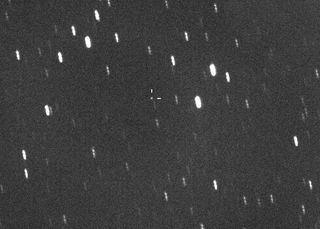
Today, ESA officials announced that its infrared Herschel Space Observatory has discovered that Apophis is about 1,066 feet (325 meters) wide, nearly 20 percent larger than a previous estimate of 885 feet (270 m).
"The 20 percent increase in diameter … translates into a 75 percent increase in our estimates of the asteroid's volume or mass," study leader Thomas Müller of the Max Planck Institute for Extraterrestrial Physics in Garching, Germany, said in a statement. [Photos of Near-Earth Asteroid Apophis]
Tonight's two free webcasts will stream live views of Apophis from telescopes in Italy and the Canary Islands tonight (Jan. 10). The webcasts, offered by the stargazing websites Slooh Space Telescope and Virtual Telescope Project, will show Apophis as a bright light moving across the night sky. The asteroid is too small to be seen through small backyard telescopes.
The Slooh Space Camera webcast will begin at 7 p.m. EST (0000 Jan. 10 GMT). The Virtual Telescope webcast will begin an hour later at 8 p.m. EST (0100 GMT). You can watch both live webcasts of asteroid Apophis here on SPACE.com tonight.
Apophis will be just under 9.3 million miles (15 million kilometers) from Earth at the time of tonight’s webcasts, amateur astronomer Gianluca Masi of the Virtual Telescope Project told SPACE.com.
Get the Space.com Newsletter
Breaking space news, the latest updates on rocket launches, skywatching events and more!
"Alone among all these near-Earth asteroids that have passed our way in recent years, Apophis has generated the most concern worldwide because of its extremely close approach in 2029 and [chances of a] potential impact, albeit small, in 2036," Slooh president Patrick Paolucci said in a statement.

In addition to asteroid Apophis, astronomers regularly scan the night sky for asteroids that may pose a potential impact threat to Earth. NASA's Near-Earth Object Office and Asteroid Watch program is based at the agency's Jet Propulsion Laboratory in Pasadena, Calif.
You can track Apophis directly via the Virtual Telescope Project here: http://www.virtualtelescope.eu/webtv/
The webcast from the Slooh Space Camera can also be seen here: http://events.slooh.com/
You can follow SPACE.com Managing Editor Tariq Malik on Twitter @tariqjmalik. Follow SPACE.com for the latest in space science and exploration news on Twitter @Spacedotcom and on Facebook.
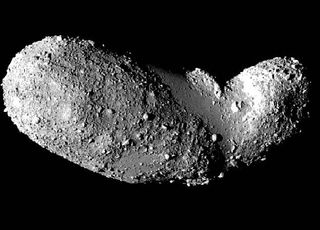
Join our Space Forums to keep talking space on the latest missions, night sky and more! And if you have a news tip, correction or comment, let us know at: community@space.com.

Tariq is the Editor-in-Chief of Space.com and joined the team in 2001, first as an intern and staff writer, and later as an editor. He covers human spaceflight, exploration and space science, as well as skywatching and entertainment. He became Space.com's Managing Editor in 2009 and Editor-in-Chief in 2019. Before joining Space.com, Tariq was a staff reporter for The Los Angeles Times covering education and city beats in La Habra, Fullerton and Huntington Beach. In October 2022, Tariq received the Harry Kolcum Award for excellence in space reporting from the National Space Club Florida Committee. He is also an Eagle Scout (yes, he has the Space Exploration merit badge) and went to Space Camp four times as a kid and a fifth time as an adult. He has journalism degrees from the University of Southern California and New York University. You can find Tariq at Space.com and as the co-host to the This Week In Space podcast with space historian Rod Pyle on the TWiT network. To see his latest project, you can follow Tariq on Twitter @tariqjmalik.
